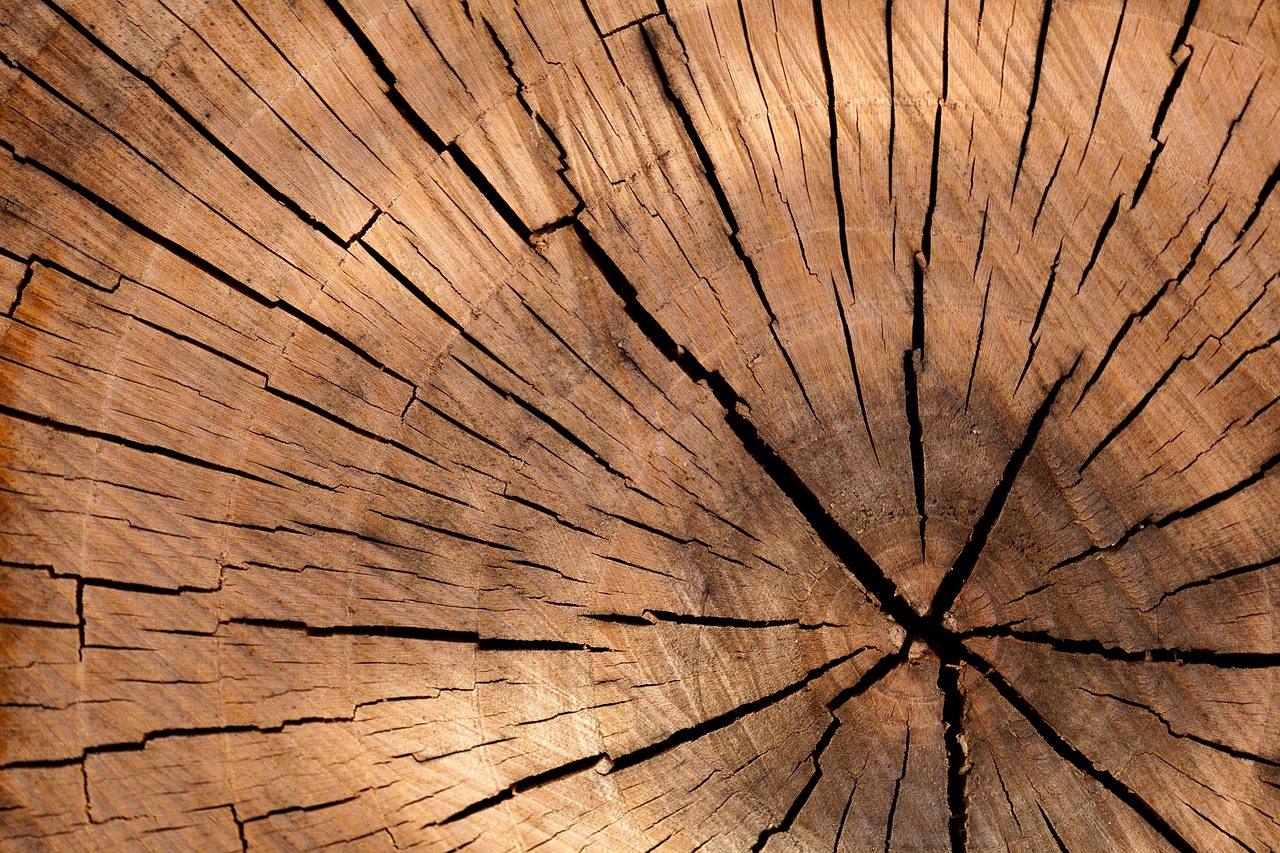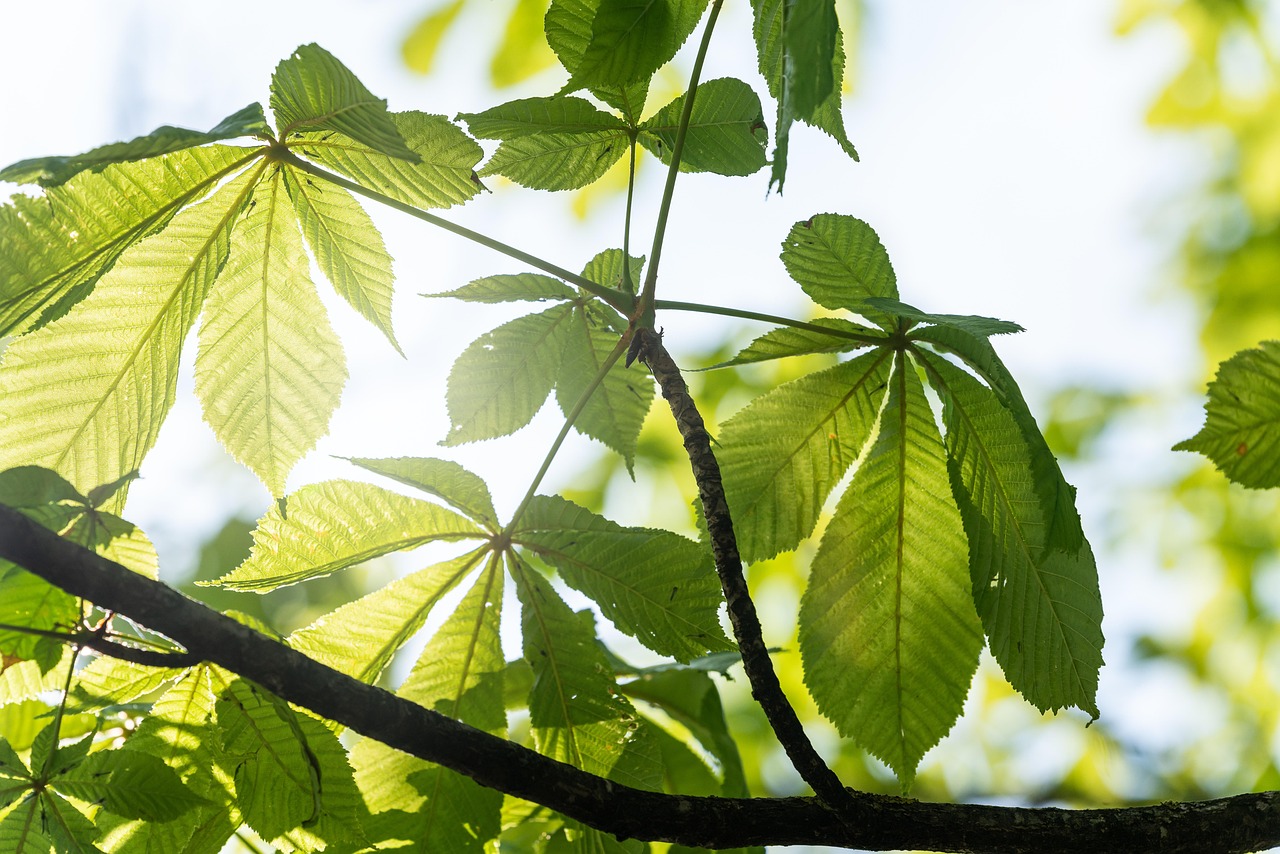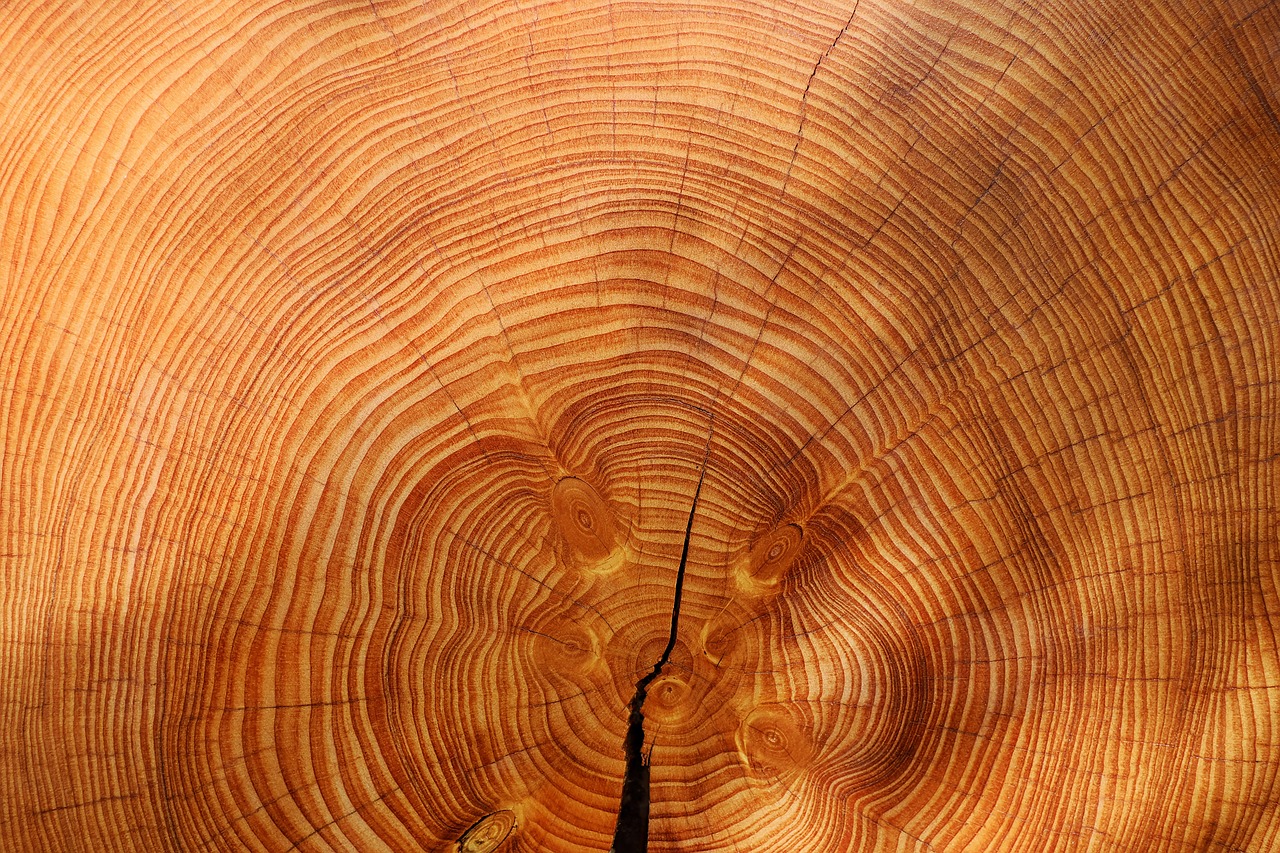Bay trees exhibit varied growth rates depending on their environment, particularly when grown as herbs or in shaded areas. Generally, bay trees grow more vigorously in full sunlight, while shaded conditions can slow their growth significantly, impacting both size and leaf production.
The bay tree, known scientifically as Laurus nobilis, is a versatile evergreen that thrives in Mediterranean climates. This tree is often cultivated for its aromatic leaves, which are used in culinary applications, as well as for ornamental purposes. Understanding the growth patterns of bay trees is essential for gardeners and landscapers looking to optimize their cultivation techniques.

When considering the growth rates of bay trees, it is important to recognize the influence of environmental factors. The two primary growth contexts are as herbaceous plants and in shaded environments. Each context presents unique challenges and advantages that can affect growth rates.
Growth Rates in Different Environments
Bay trees typically grow faster when exposed to full sunlight compared to when they are grown in partial shade or complete shade. Below are some key factors that affect the growth rate of bay trees in various conditions:
- Sunlight: Full sun exposure promotes photosynthesis, leading to quicker growth.
- Soil Quality: Nutrient-rich soil supports healthier growth.
- Water Availability: Adequate watering is crucial for optimal growth.
- Temperature: Bay trees prefer warm temperatures and can be affected by frost.
In terms of growth metrics, bay trees can reach varying heights based on their growing conditions. The following table illustrates average growth rates based on sunlight exposure:

| Growing Condition | Average Height Increase (per year) | Leaf Production |
|---|---|---|
| Full Sun | 12-24 inches | High |
| Partial Shade | 6-12 inches | Moderate |
| Full Shade | 2-6 inches | Low |
The data illustrates a clear trend: bay trees grow significantly more in full sunlight compared to shaded conditions. This can be attributed to the reduced amount of light available for photosynthesis in shaded areas. Consequently, gardeners should consider positioning bay trees where they can receive adequate sunlight for optimal growth.
Furthermore, the type of soil can play a crucial role in the success of bay tree growth. Well-drained, loamy soils with a balanced pH level tend to yield the best results. Bay trees also benefit from regular fertilization during the growing season to enhance nutrient availability. The combination of sunlight and soil quality will ultimately dictate how well a bay tree flourishes.
In addition to sunlight and soil, water management is essential. Bay trees prefer consistent moisture but can suffer if overwatered. Draining excess water is vital to prevent root rot, which can hinder growth. Implementing a drip irrigation system can help ensure that bay trees receive the right amount of water without saturating the soil.

Temperature also affects bay tree growth rates. They thrive in warm climates, ideally between 60°F and 70°F. In colder regions, protective measures such as mulching or covering the base of the tree may be necessary to guard against frost damage. Understanding these environmental requirements will help gardeners achieve healthier and faster-growing bay trees.
As we explore the unique characteristics of bay trees in different environments, it becomes clear that careful attention to light, soil, water, and temperature can greatly influence their growth patterns. These factors should be considered when planning for cultivation to ensure these aromatic trees thrive and provide the best yields.
Factors Influencing Bay Tree Growth in Herb and Shade
Understanding the factors that influence bay tree growth is essential for gardeners aiming to cultivate these trees successfully. Various elements, including light intensity, soil conditions, water management, and even the choice of companion plants, can significantly impact how well bay trees develop. In this section, we will delve deeper into these aspects and explore their effects on growth rates.

Light Intensity and Growth
The amount of light a bay tree receives is one of the most critical factors influencing its growth rate. Different light conditions can lead to varied results:
- Full Sun: Bay trees exposed to full sun tend to grow taller and produce more leaves. This condition allows for maximum photosynthesis, which is crucial for energy production.
- Partial Shade: While bay trees can tolerate some shade, their growth may slow down. They will still thrive but may not reach their full potential.
- Full Shade: Growth in full shade is significantly stunted. In these conditions, bay trees may become leggy as they stretch towards available light.
To maximize growth rates, gardeners should consider the orientation of their planting site. Placing bay trees in locations that receive at least six hours of direct sunlight daily will enhance their growth and health.
Soil Conditions
The quality of the soil is another crucial factor. Bay trees prefer well-draining, loamy soils that are rich in organic matter. Below are some tips for improving soil conditions:
- Soil Testing: Conduct a soil test to determine pH and nutrient levels. Bay trees thrive in slightly acidic to neutral pH (6.0-7.0).
- Amendments: Incorporate organic compost to improve soil structure and nutrient availability.
- Drainage: Ensure the planting area has good drainage to prevent root rot.
By preparing the soil adequately, gardeners can significantly enhance the potential for healthy growth in bay trees.
Water Management Techniques
Adequate water management is vital for bay tree growth. Too much or too little water can have detrimental effects. Here are some effective strategies:
- Drip Irrigation: This method provides consistent moisture without over-saturating the soil.
- Mulching: Applying mulch around the base of the tree helps retain moisture while regulating soil temperature.
- Monitoring: Regularly check soil moisture levels to ensure they are neither too dry nor too wet.
Implementing these techniques can help maintain optimal moisture levels, thereby supporting healthy growth rates.
The Role of Companion Plants
Choosing the right companion plants can enhance the growing conditions for bay trees. Certain plants can provide benefits such as improved soil quality and protection from pests. Here are some companion plants that work well with bay trees:
- Herbs: Plants like rosemary and thyme can thrive alongside bay trees, sharing similar water and sunlight needs.
- Flowers: Companion flowers such as marigolds can help deter pests that might harm bay trees.
- Vegetables: Some vegetables like tomatoes can also coexist well, as they prefer similar conditions.
Integrating companion plants into the garden not only enhances aesthetics but can also improve overall plant health by creating a more balanced ecosystem.
Pest Management
Pests can pose a significant threat to bay tree growth. Common pests include aphids and scale insects. Effective pest management strategies include:
- Regular Monitoring: Check for signs of pests regularly to catch infestations early.
- Natural Predators: Encourage beneficial insects like ladybugs that feed on pests.
- Pesticides: Use organic or chemical pesticides judiciously when necessary, following all application guidelines.
By employing these pest management techniques, gardeners can protect their bay trees and promote healthier growth rates.
Nutrient Requirements
Nutrient availability plays a significant role in the growth of bay trees. These trees require a balanced mix of nutrients, including nitrogen, phosphorus, and potassium. Here are some suggestions for maintaining nutrient levels:
- Fertilization Schedule: Apply a balanced fertilizer during the growing season to support healthy growth.
- Nitrogen-Rich Amendments: Incorporate nitrogen-rich materials like fish emulsion or blood meal to promote leaf growth.
- Seasonal Adjustments: Adjust fertilization based on seasonal growth patterns to avoid nutrient deficiencies or excesses.
By paying attention to nutrient needs, gardeners can ensure their bay trees continue to flourish in various growing conditions.
Seasonal Growth Patterns of Bay Trees
Understanding the seasonal growth patterns of bay trees is vital for optimizing their care. These trees undergo distinct phases throughout the year, influenced by environmental conditions. This section will explore the growth cycles of bay trees, focusing on how seasonal changes affect their overall development and care requirements.
Spring Growth
Spring is a crucial time for bay trees, marking the beginning of their active growth phase. As temperatures rise and daylight increases, bay trees respond positively, leading to noticeable growth. Key aspects during this season include:
- New Leaf Production: Bay trees begin to produce new leaves, which are essential for photosynthesis and overall health.
- Fertilization: Applying a balanced fertilizer during this time can enhance growth and support the development of new foliage.
- Watering Needs: Increased temperatures may lead to higher water needs. Regular monitoring is essential to keep the soil consistently moist.
Gardening practices in spring should focus on promoting robust growth by ensuring that the trees receive adequate nutrients and moisture.
Summer Growth
As the summer months progress, bay trees typically reach their peak growth rates. The combination of warm temperatures and abundant sunlight creates ideal conditions for rapid development. During this period, consider the following:
- Regular Pruning: Light pruning can encourage bushier growth and improve air circulation among the leaves.
- Pest Monitoring: Increased activity of pests during summer necessitates vigilant monitoring and pest management strategies.
- Watering Schedule: Adjust watering frequency, especially during heatwaves, to prevent drought stress.
Maintaining optimal conditions during summer ensures that bay trees capitalize on their growth potential.
Autumn Transition
As summer transitions to autumn, bay trees begin to prepare for the cooler months ahead. This phase involves a gradual slowdown in growth. Key considerations during autumn include:
- Fertilization Adjustment: Reduce fertilization as the growth rate decreases, but ensure that any necessary nutrients are still available.
- Leaf Drop: Some leaves may begin to yellow and drop as the trees conserve energy for winter.
- Water Management: Continue to monitor soil moisture levels while avoiding overwatering, as cooler temperatures can lead to slower evaporation rates.
Caring for bay trees in autumn involves preparing them for dormancy while ensuring they remain healthy through the transition.
Winter Dormancy
Winter is a period of dormancy for bay trees, marked by slowed metabolic activity. While they may not grow significantly during this time, proper care is essential to protect them from cold damage. Key practices for winter care include:
- Protective Mulching: Apply mulch around the base of the tree to insulate roots and retain moisture.
- Avoid Overwatering: Reduce watering frequency, as the tree’s water needs decrease during dormancy.
- Frost Protection: If planted in colder climates, consider covering young trees or moving potted specimens indoors during freezing temperatures.
By attending to these winter care practices, gardeners can help ensure their bay trees emerge healthy and ready for vigorous growth come spring.
Common Challenges in Bay Tree Cultivation
Cultivating bay trees comes with its own set of challenges. Recognizing and addressing these issues can lead to healthier trees and better growth rates. Here are some common challenges faced by gardeners:
Pest Infestations
Pests such as aphids and scale can significantly affect bay tree health. Here are ways to manage pest infestations:
- Regular Inspections: Conduct frequent checks to catch early signs of pests.
- Natural Remedies: Use insecticidal soap or neem oil as eco-friendly treatments.
- Cultural Practices: Maintain cleanliness around the tree base to reduce pest habitats.
Disease Management
Diseases like root rot or leaf spot can arise from improper care. To prevent and manage these diseases, consider the following:
- Adequate Drainage: Ensure that soil drains well to prevent waterlogged conditions that can lead to root rot.
- Fungicide Application: Use fungicides as needed based on disease identification and severity.
- Cultural Practices: Practice crop rotation and avoid planting bay trees in areas previously affected by diseases.
Tackling these challenges effectively will help maintain healthy bay trees and promote optimal growth throughout their lifecycle.
Additional Considerations for Bay Tree Growth
As gardeners cultivate bay trees, there are additional considerations that can influence their growth patterns and overall health. These factors can enhance the effectiveness of previously discussed care strategies, ensuring that bay trees thrive in both herb and shade environments.
Climate Adaptability
Bay trees are generally well-suited to Mediterranean climates but can adapt to various conditions with proper care. Here are some points to consider regarding climate adaptability:
- Hardiness Zones: Bay trees are typically hardy in USDA zones 8 through 10. Understanding your local hardiness zone can help in selecting the best cultivars.
- Microclimates: Identify microclimates in your garden that may provide better conditions for bay trees. Areas protected from wind or with reflected heat can support healthier growth.
- Climate Change Impacts: Be aware of how changing climate conditions may affect growing patterns. Adjustments in care might be necessary as temperatures fluctuate.
Container vs. Ground Planting
Deciding whether to plant bay trees in containers or directly in the ground can significantly impact their growth. Each option has its benefits and challenges:
- Container Planting: Container-grown bay trees can be moved to optimize sunlight exposure and protect them from extreme weather. However, they may require more frequent watering and fertilization.
- Ground Planting: Bay trees planted in the ground often experience more stable moisture levels and nutrient availability. However, they are less mobile and may struggle if the location is not optimal.
Choosing the right planting method depends on available space, climate conditions, and personal preferences for care and maintenance.
Harvesting Leaves
Bay tree leaves are prized for their culinary uses. Harvesting should be done thoughtfully to promote continued growth:
- Timing: The best time to harvest leaves is in late spring or early summer when they are most flavorful.
- Method: Use clean scissors or pruning shears to cut leaves without damaging the branches.
- Frequency: Avoid over-harvesting; leave enough foliage on the tree to ensure healthy photosynthesis and growth.
Proper harvesting not only benefits the gardener but also ensures the tree remains healthy and productive.
Final Thoughts
Cultivating bay trees requires understanding their unique growth patterns and care needs. From managing water and nutrients to addressing pests and diseases, each factor plays a crucial role in ensuring healthy growth rates. Gardeners should pay attention to seasonal changes, climate adaptability, and the specific conditions of their planting environment.
The versatility of bay trees makes them an excellent addition to any garden, whether as a herb or as part of a shaded landscape. By implementing best practices in care, such as adequate sunlight exposure, proper soil conditions, and effective pest management, growers can enjoy lush, vigorous bay trees that yield flavorful leaves year-round.
In conclusion, successful bay tree cultivation is achievable with careful planning and attention to detail. By understanding the factors that influence growth rates and implementing appropriate care strategies, gardeners can ensure that these aromatic trees not only survive but thrive in their chosen environments.
